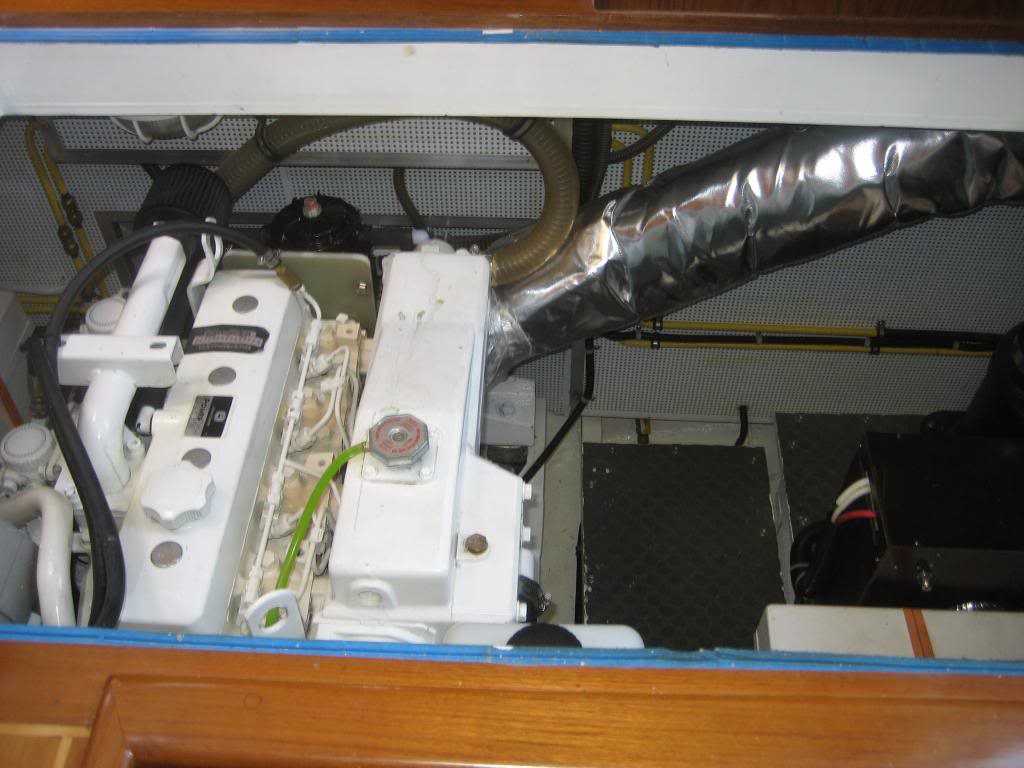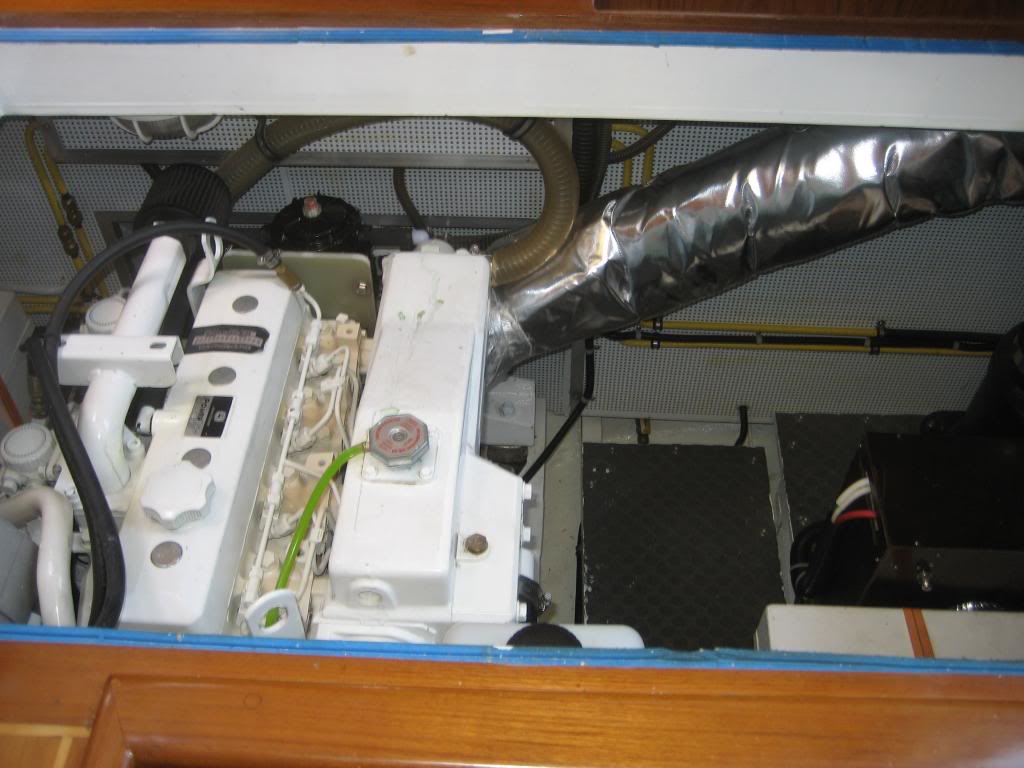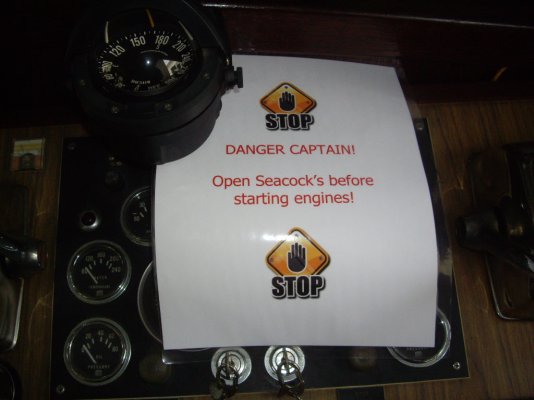I've investigated several sinkings and flooding events. In my area the causes rank as follows:
1. Dripless shaft seal failures. Typically plastic internal bushing seizes to shaft, spins seal housing and rips hose to shaft log. Or it is leaking badly due to wear, and pump fails or shore power fails.
2. Leaky std bronze packing, combined with pump failure or loss of shore power and flat batts.
3. Bilge pump discharges with through hull very close to water line, and no vented loop. Unusual trim or whatever combined with flat batts, water back flows through pump.
4. Heavy rain or hurricane combined with pump failure/flat batts.
5. Sinking "on the hill". Rain and no pumps, boat on blocks slowly floods.
Never seen a hose come off or burst while boat is on the dock. Have seen hoses fail on running engines, that's a different issue.
Closing sea cocks would have saved none of the above.




